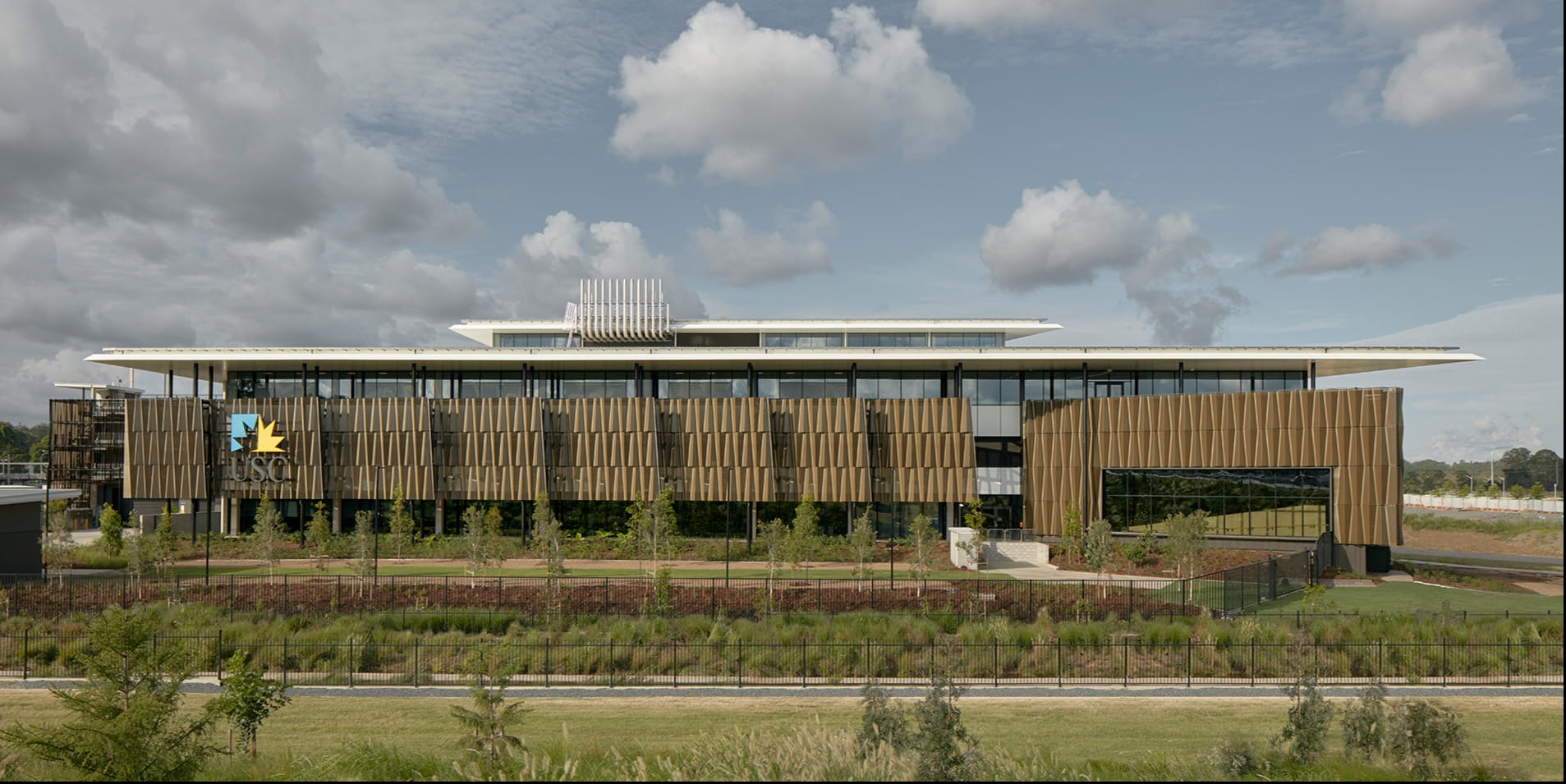
“Great design conversations are ultimately all about environments and communities” Razvan Ghilic-Micu
This year’s theme for Archifest 2021 is ‘Design Evidence’, bringing together a diverse mix of voices from around the world, organised by the Singapore Institute of Architects. In this post-show interview with the festival director, Ghilic-Micu, he discusses the significance of his latest curatorial project and offers an insight into his own work at Hassell.
-Hassell82378.jpg)
The theme for Archifest 2021 is ‘Design Evidence’; what were your motives for choosing this as we transition from pandemic to endemic?
RGM: That’s a great question, and although the pandemic was a strong factor we considered during the planning stage, it is only one of the many elements that influenced the shape of the festival.
Coming up with a good festival theme has been the result of a journey, rather than a providential “a-ha” moment; and that’s representative of my methodology as an architect. I like to take a broad look at all the facts available, in order to start responding to them through a process of balancing rational deduction with playful transgression.
In many ways, the theme-finding journey acted as a safeguard against the risk of being too narrow or prescriptive in the way we talk about Architecture. I wanted Archifest to explore possibilities we haven’t imagined yet, aspects of our discipline and profession we are all yet to uncover and discover.
That’s exactly what this year’s Archifest theme, Design Evidence is encouraging us all to do. Reflect on our processes, our values, the knowledge that we and our related disciplines make, and re-frame the place and responsibility of our design community in the broader society. Perhaps this is the healthiest attitude to have in the face of the current global challenges, the pandemic included.
How did you go about selecting the participating architects and installations for Archifest 2021?
RGM: From the outset, I took a very deliberate departure from what I call the “Fountainhead” model – where the Festival Director is pretty much the only figurehead you’ll hear about, or hear from. This year I have formed a strong curatorial team, bringing together a diversity of voices as a step towards a more inclusive dialogue.
This move has paid dividends when planning the festival. As we edited our ideas progressively, the five lenses of the festival emerged:
_ Arts & Culture
_ Community & Inclusivity
_ Environment & Sustainability
_ History & Heritage
_ Technology & Methods
From there, through teaming up with returning partners and bringing onboard new ones, we started some pretty incredible dialogues and collaborations. Archifest, as you see it, is a blend of self-initiated programmes, heavily curated collaborations, and also ideas sourced through friends of the festival or open calls. We have constantly fine-tuned the right balance between protecting the core identity of the festival and allowing our event partners to take ownership of the theme and take it to new places where we never imagined it would go.
In the end some of the most rewarding outcomes were those that we did not anticipate at the outset, yet over time have grown into a perfect fit for the festival.
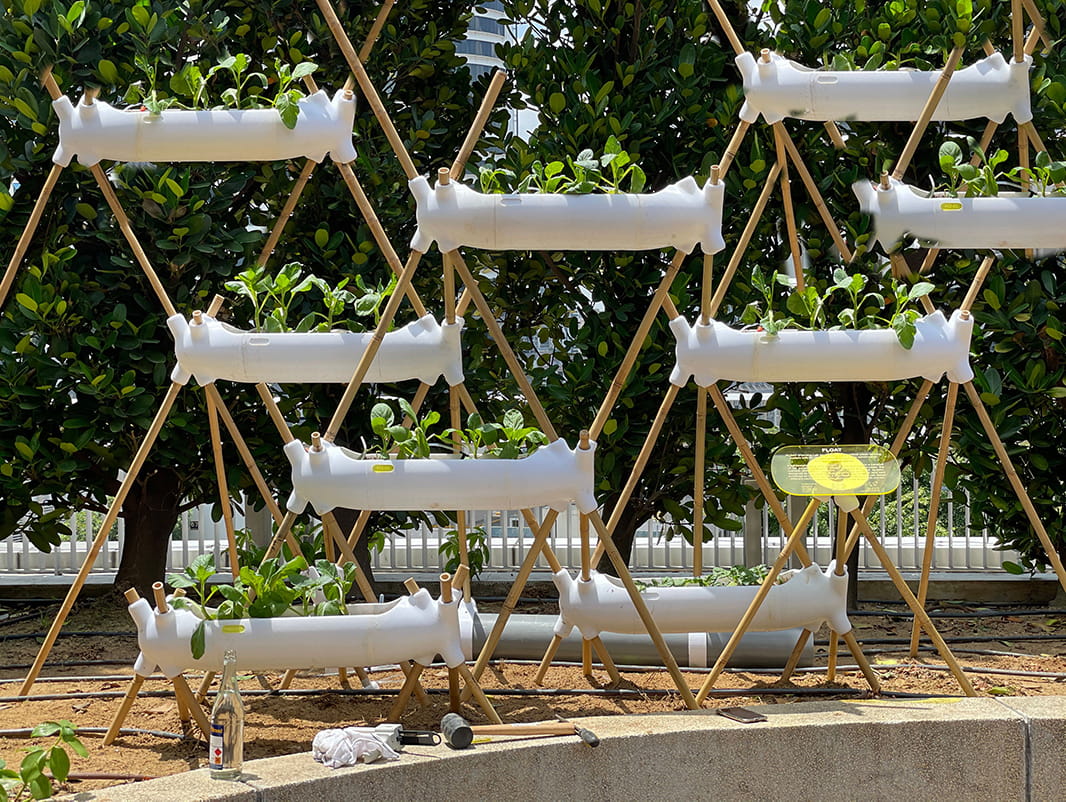
Has the pandemic forced you to reconsider how to exhibit in a more effective and environmentally conscious way?
RGM: Yes and no. Each member of the festival team champions sustainability as a core belief, from our own individual perspectives. So from the get-go we knew that the anchor SIA Conference was going to be a virtual event, opening the festival up to global participants. In many ways, intellectual globalisation can lend itself to a much smaller carbon footprint, and increased affordability of great ideas to a mass audience. Rather than flying people around the world, simply dial in and have a great conversation.
This situation gave us the chance to also transition the festival into a native digital experience, developed as a flexible visual system — one that lends itself well to various formats of online executions while keeping the identity fresh at every touch-point. This year's approach seeks to introduce Archifest in a new light, bringing a sense of dynamism to the brand while anchoring on the AF’s principles of inclusivity and being accessible to broader communities. Working together with branding and creative agency, Outer Edit brought Archifest to life online in brave new ways.
We also wanted to walk our talk by striving for a zero-waste festival. As we have streamlined the digital experience, we saw no point in wasting paper or other materials on prints, brochures, flyers, banners or tote bags. We consume most of our information, entertainment and culture through our mobile devices, and we wanted to mine that potential to the fullest. Collaborations with incredible creatives like, 聪生家 Chengdu Family, Kevin Siyuan and JD Wild Productions brought over eighty thousand people virtually to Archifest on YouTube alone, showcasing Design Evidence of Singapore in fresh new ways to a local, regional and global audience.
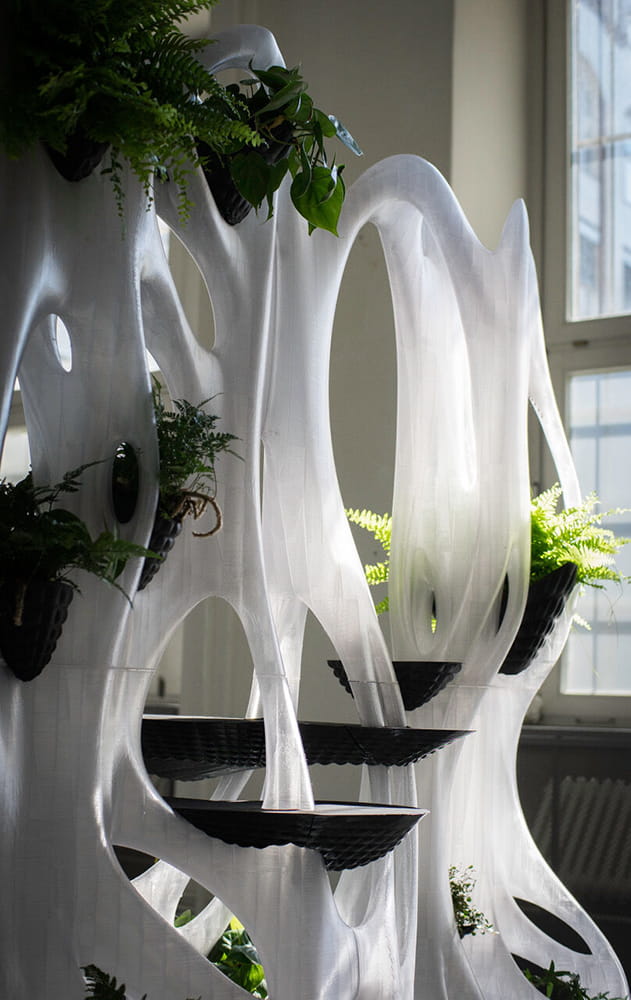
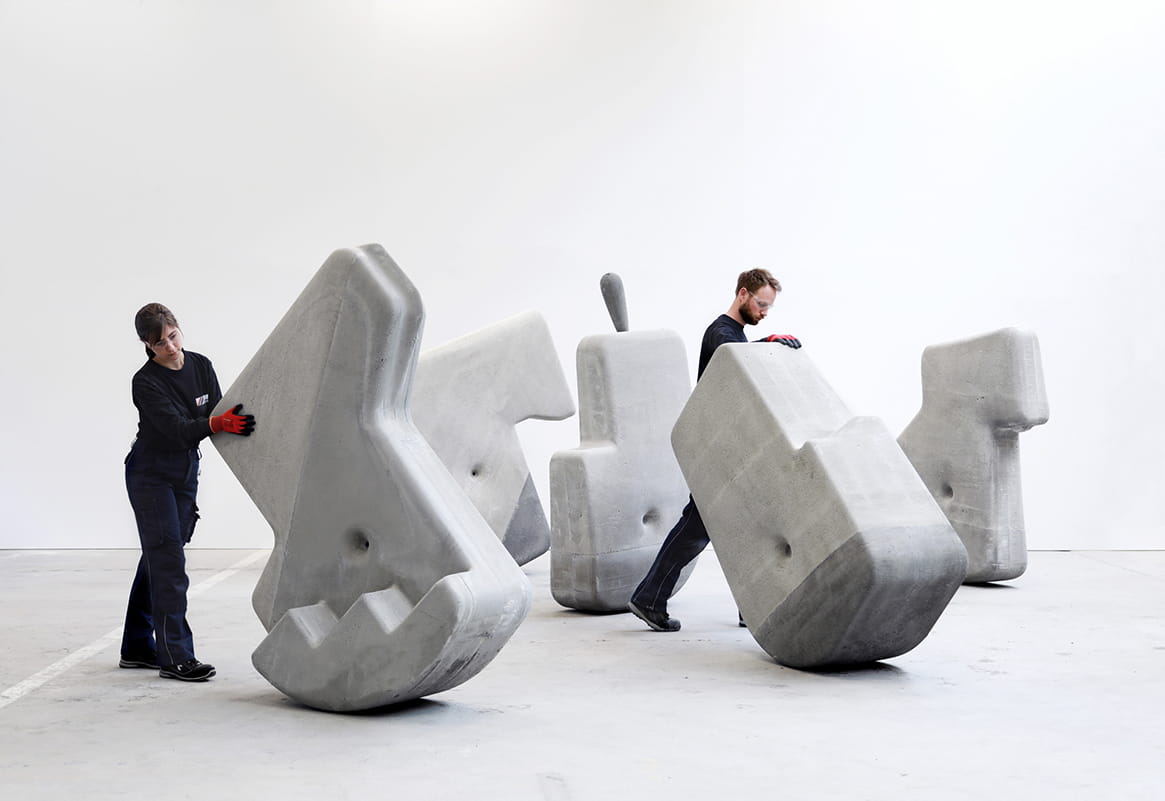
What role does ‘Evidence’ have in your work? Can you give an example of a project where you use this strategy for specific outcomes?
RGM: I would say a very large one, because at Hassell, we combine creative design with strong capabilities in strategy, research, technology, and experience design. Our clients look to us for more than design skills. They want us to help them navigate the broader context and change, finding smarter, more creative ways to think about physical space and how it can be used to connect people to unlock social and commercial value, making a positive impact now and well into the future.
Our design teams work very closely with our in-house specialist strategy and research teams, and with collaborators like big data and human insights firm, Place Intelligence, whose work can challenge and validate our design process.
A project I have thoroughly enjoyed driving was the international vision for the next Global Home of Table Tennis. We have worked with the International Table Tennis Federation since day one as their trusted advisor, helping them set an ambitious brief, and through design strategy crystallise the aspirations of the project. To inspire and explore the possibilities of the new Home of Table Tennis, we gave this innovative facility form an architectural identity, designing it from the inside out.
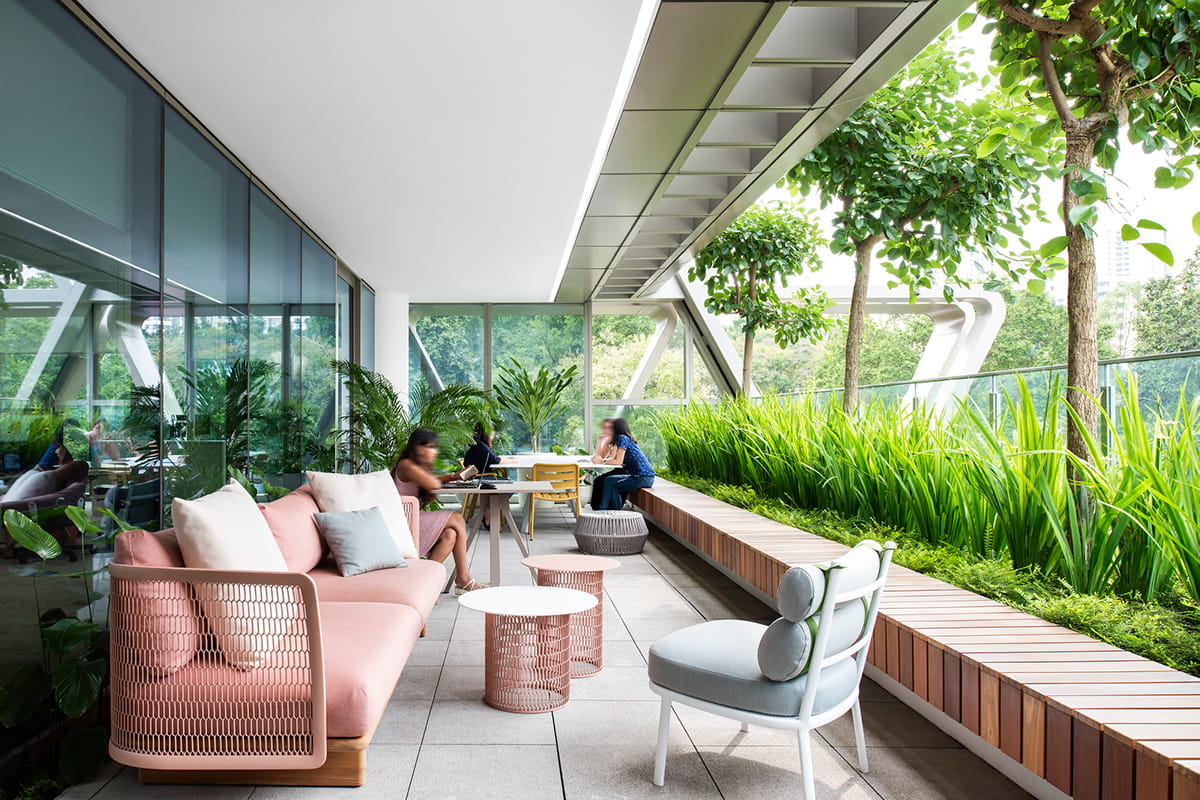
Hassell is a member of Architects Declare Singapore; in your role as an architecture lead in Hassell, how are you pushing the sustainability agenda in the region?
RGM: Indeed, we are amongst the seven founders of the Singapore Chapter – the first country in Asia to do so. We are a founding member also in Australia, and a signatory in the UK.
We believe that climate and biodiversity emergencies are global challenges that demand strong, evolving responses. We adopt a sustainable mindset not only through the projects that we design, but also through the way we operate as a practice.
One fact that I'm proud to share is that in 2021, our studios’ electricity consumption is 100% offset by renewable energy purchases – a fast 80% positive swing from where we were in 2019. We believe that decarbonising the grid starts with driving demand, so we hold ourselves accountable as a business, pushing the sustainability agenda by example through action.
We take regenerative design very seriously in our work as well. A project I was closely involved with designing is our recently completed University of Sunshine Coast Foundation Building, designed to operate efficiently through the use of solar power, deep overhanging roofs and sun-shading. Harnessing climate through our architecture is something we have brilliantly done at the GSK Asia House in Singapore as well, where the building form and facade treatment is optimised to maximise views to the beautiful Rochester Park surrounding it, while cutting out a large amount of solar heat gain.

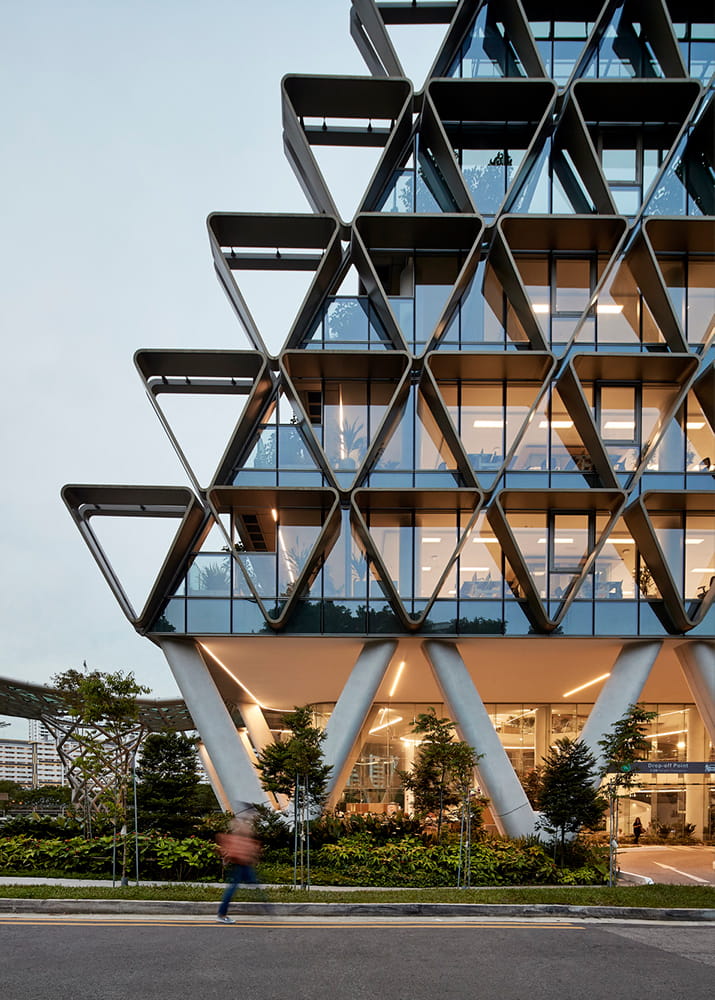

The paradigm in Singapore is shifting from ‘city in the garden’ to ‘city in nature.’ How do you leverage nature in your work?
RGM: As a global design practice, we relish the opportunities to collaborate internally across disciplines: architecture, urban design, interiors and landscape. I will mention GSK Asia House again as a great integrated project, where the soaring atrium, designed from the inside out is a vertical agora for ideas and collaboration, extending outwards into the city. The cascading sky gardens seamlessly connect GSK to its tropical parkland site with more than 60,000 new plants and trees, which was deservedly recognised through a recent Singapore Institute of Landscape Architects Award.
Right before the pandemic, I spent a considerable amount of time in Shanghai, working on the Park Avenue Central project, a one-of-a-kind urban experience by Keppel Land that blends premium office space with retail, natural and public art experiences, all within a vibrant, green public realm. Through our design, we are giving visitors and tenants an unparalleled opportunity to transition from civic to natural landscape in a matter of minutes.
One would not expect this of a typical Grade-A commercial development in a dense global city like Shanghai, but we retained the site as 80% green, with an impressive 9,000 sqm secluded garden making the transition between our design and the adjacent residential development. The project is currently under construction, so definitely something to look forward to seeing again in person once international travel becomes feasible again.
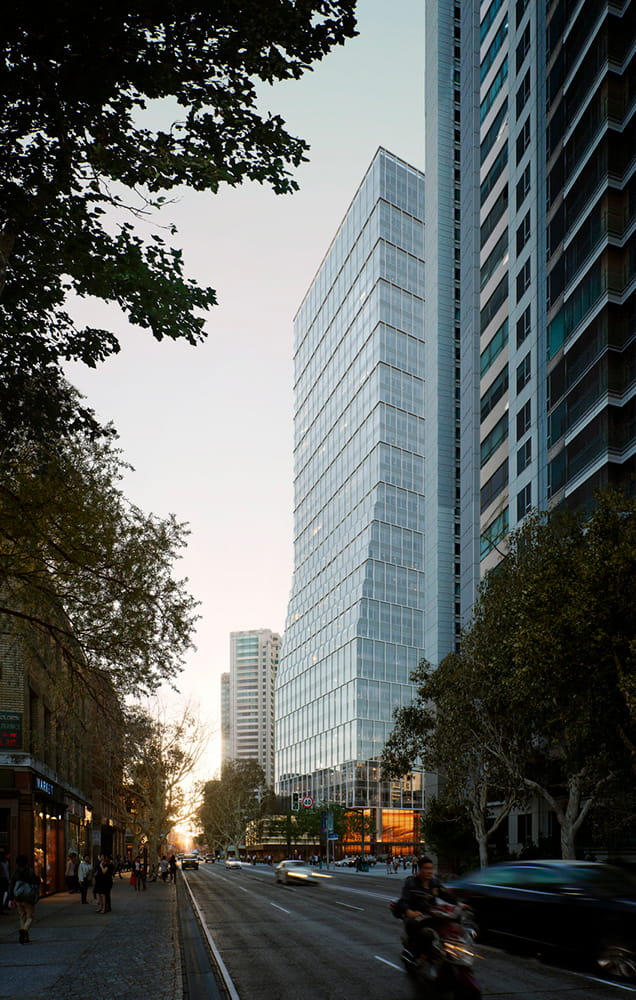
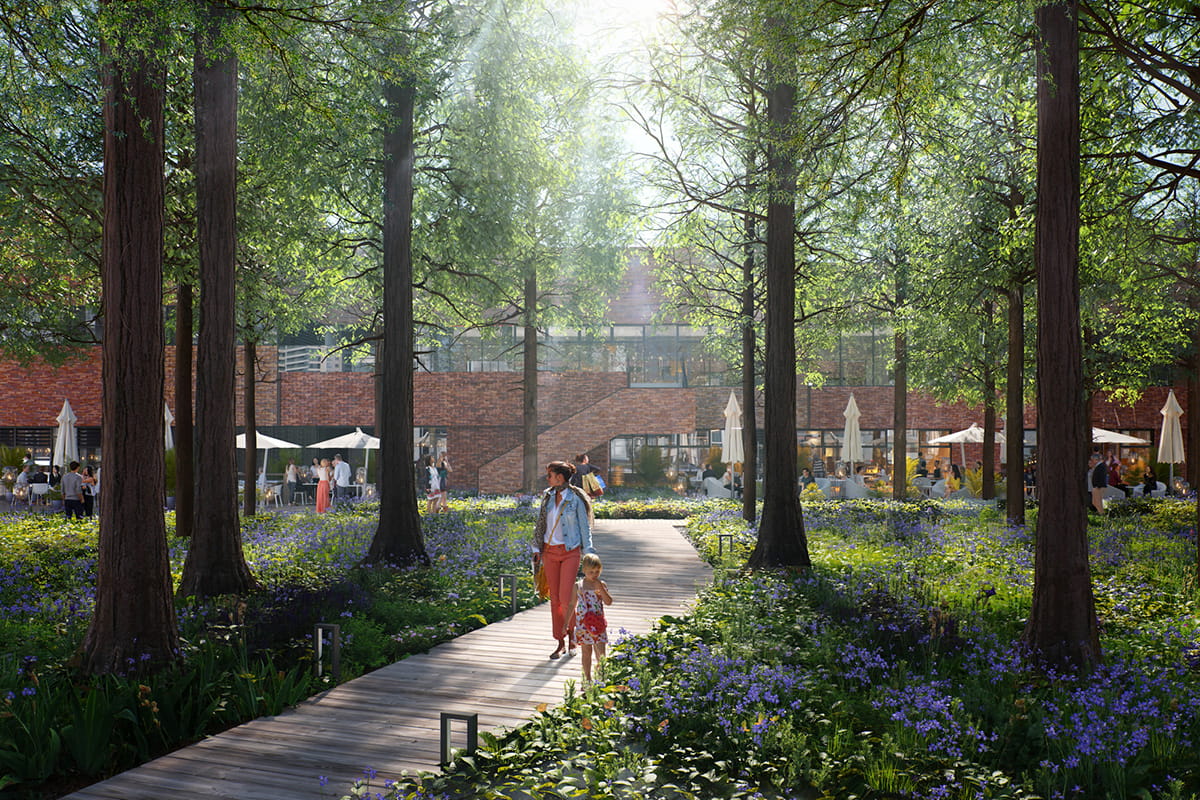
As a practising architect, educator and editor, which design trends do you foresee making a significant impact in the next decade?
RGM: Personally, I would hope that we stop allowing trends to guide our moral compass, and start developing the future of our cities and planet with a clear and uncompromising environmental sustainability and social equity agenda.
I believe that positive impact is not only a design matter, but also a question of public policy, development incentives and carbon taxation as a broader approach to a common threat that the next generation may not have the time or chance to address, if my generation doesn’t act now.
So the issues I hope to tackle and address through the work I do, the studios I teach, and the conversations I can enable as an editor are all wrapped around the two big areas of impact I mentioned above. Great design conversations are ultimately all about environments and communities - planet and people - rather than sectors or typologies.
ABOUT RAZVAN I. GHILIC-MICU
Razvan I Ghilic-Micu is a practising architect with a keen interest in innovation, and a strong advocate for resilience by design in his role at Hassell. With a decade and a half of professional experience in Singapore, Shanghai, New York City and Toronto, Razvan brings to the table a global perspective with experience designing and delivering commercial and mixed-use projects in Asia.
Outside of practice, he is also the Chief Editor of The Singapore Architect (TSA) Magazine and a Unit Leader at the National University of Singapore Department of Architecture. Recently he has led Singapore’s Archifest, as the 2021 Festival Director.
SUBSCRIBE TO OUR NEWSLETTER

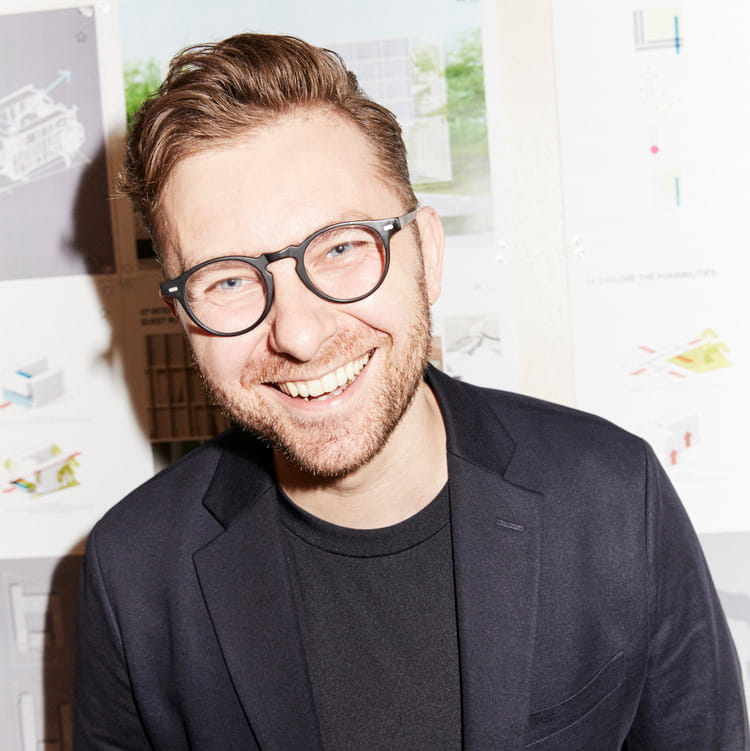

IMAGE GALLERY
SHARE ARTICLE
COMMENTS